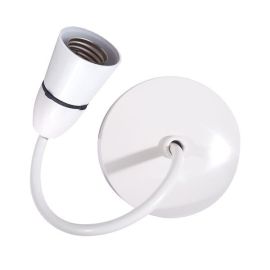There is a join in the lights, its got 4 cables all 2 core plus an earth and 2 core hanging down.
2 white cables black = N, red = loop
white cable black = L, red = loose join
Grey cable brown = loop, blue = loose join.
The hanging cable brown = L, blue = N
2 white cables black = N, red = loop
white cable black = L, red = loose join
Grey cable brown = loop, blue = loose join.
The hanging cable brown = L, blue = N


